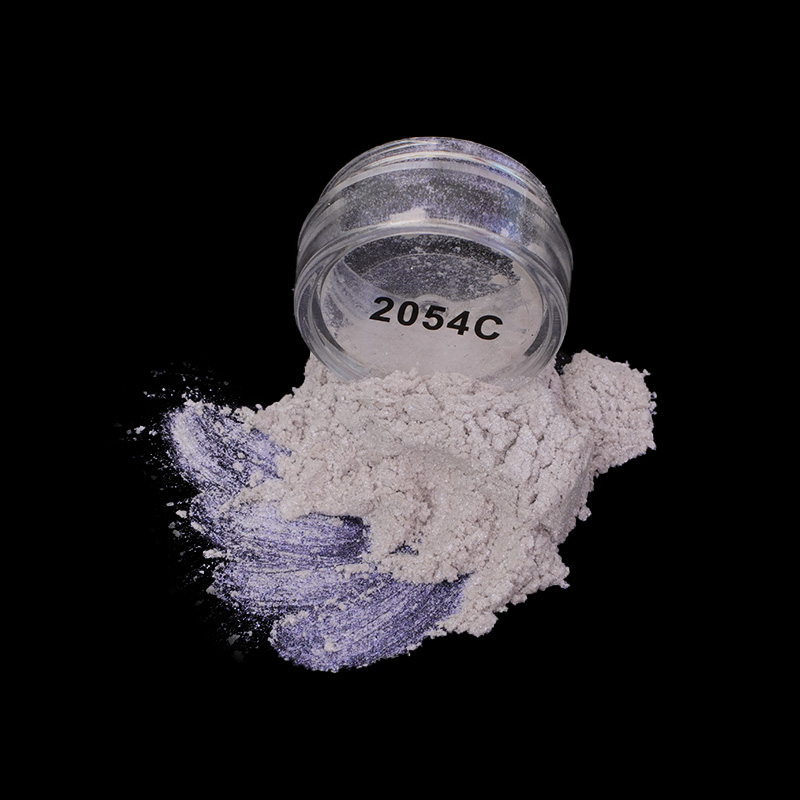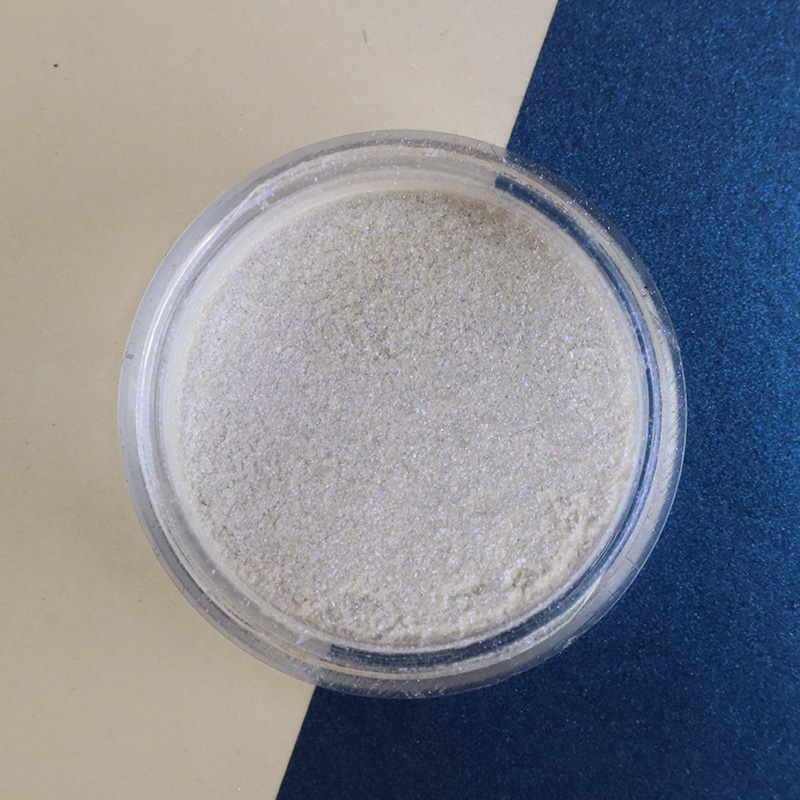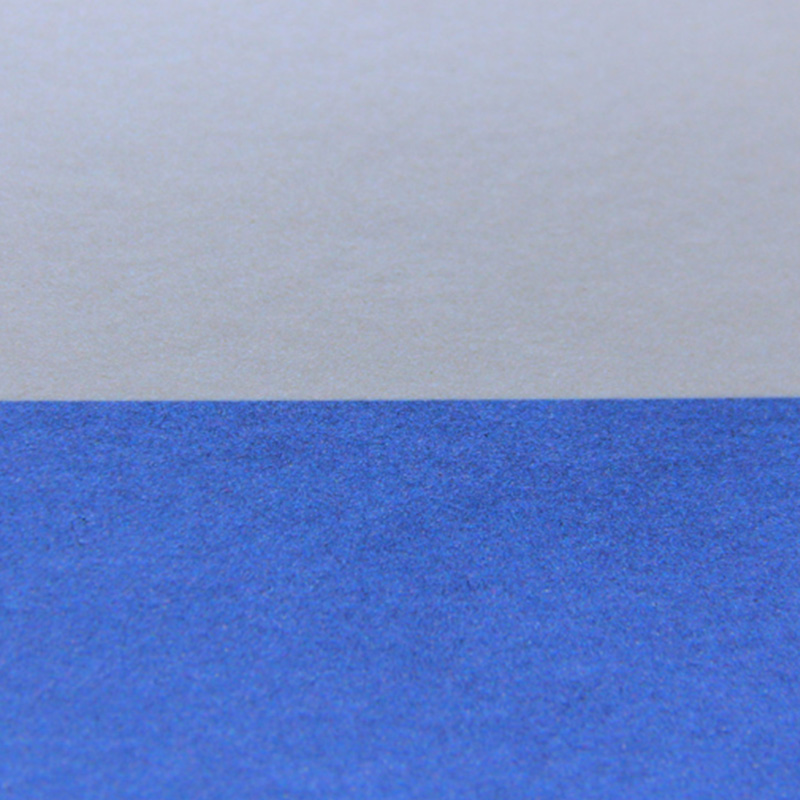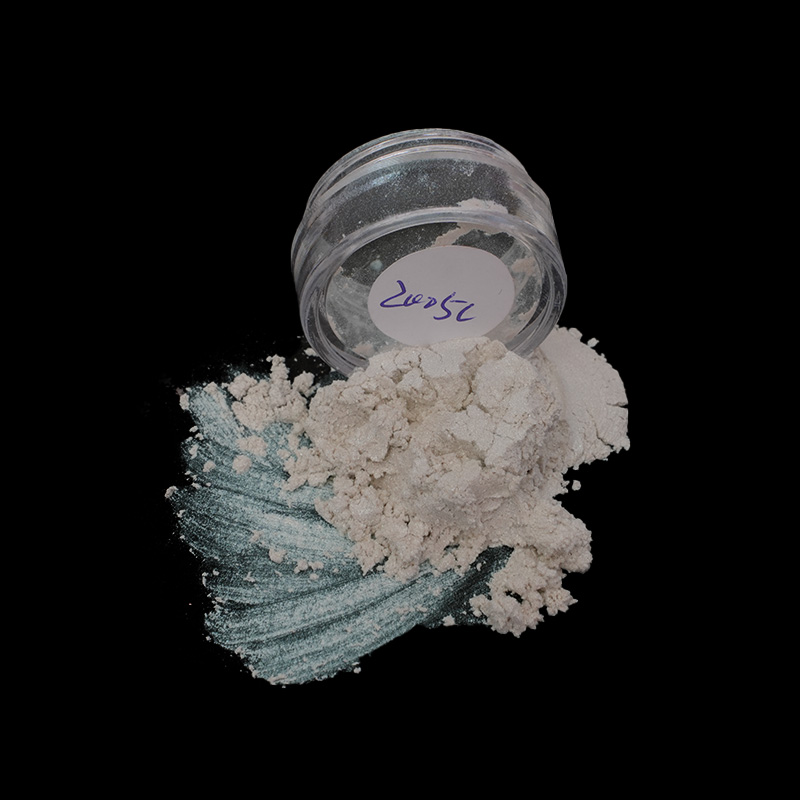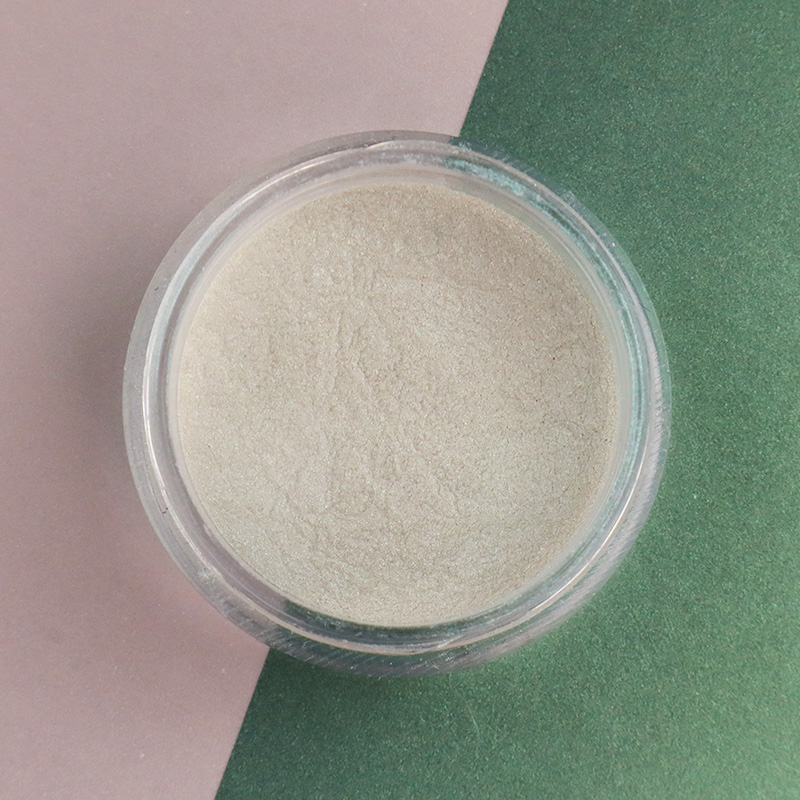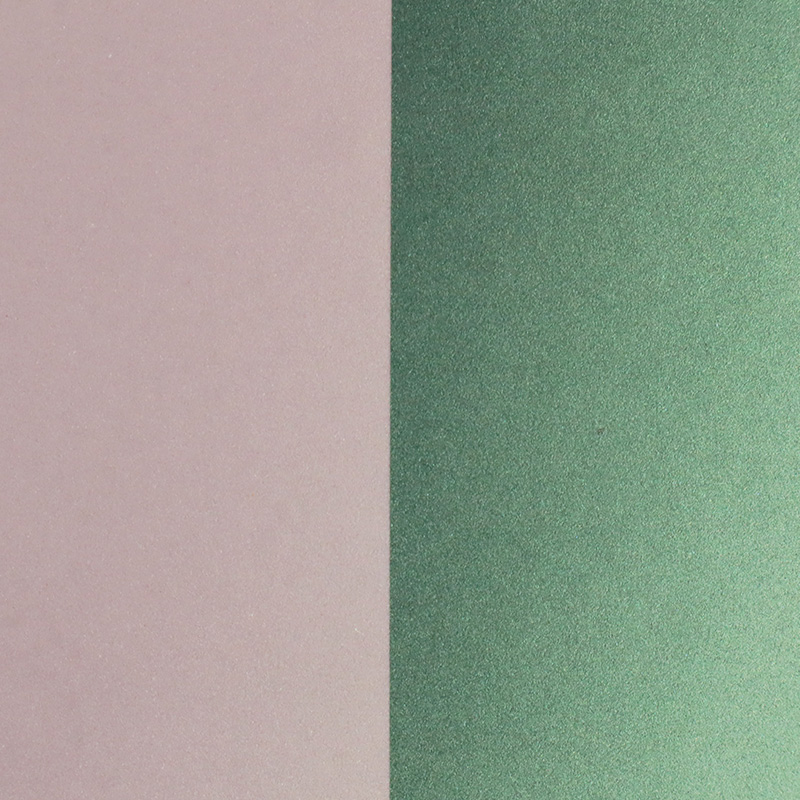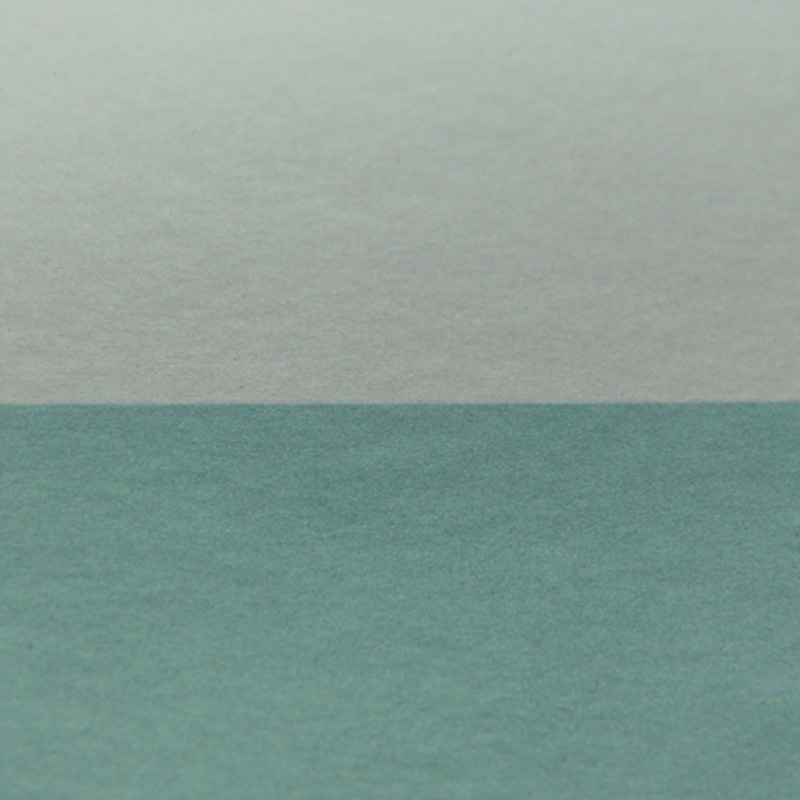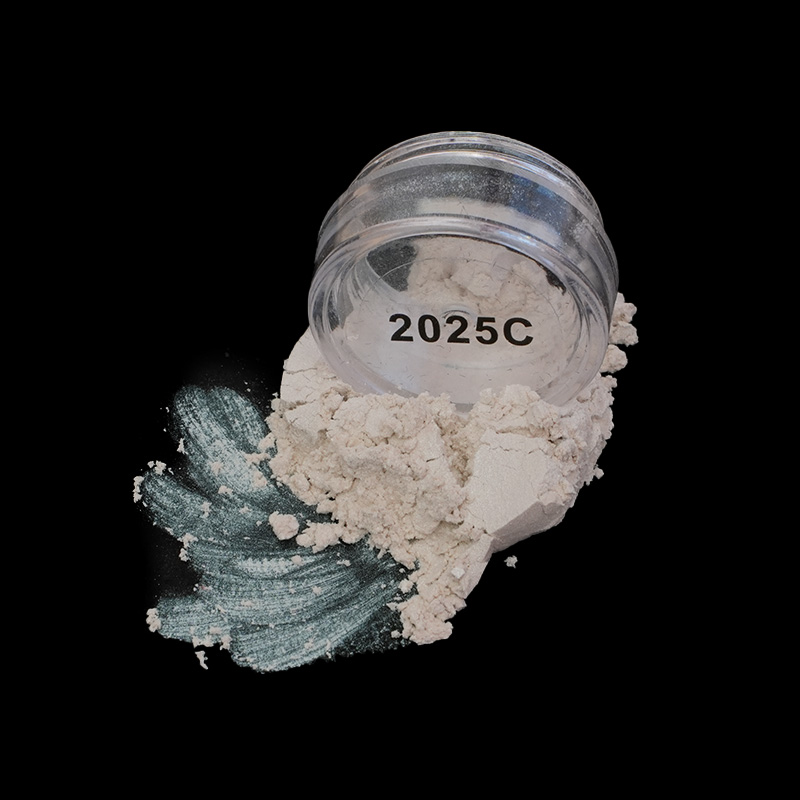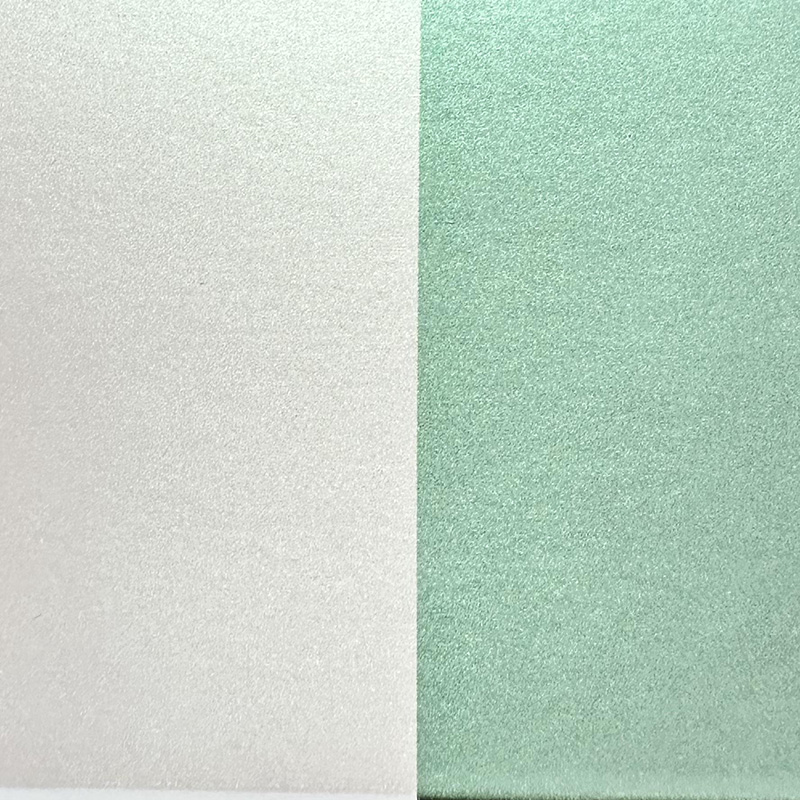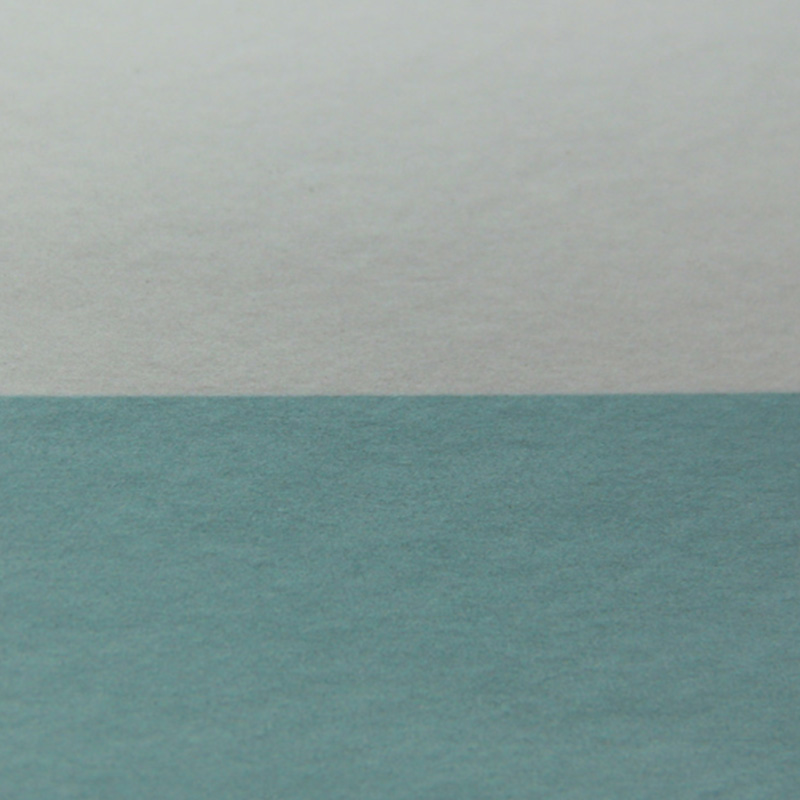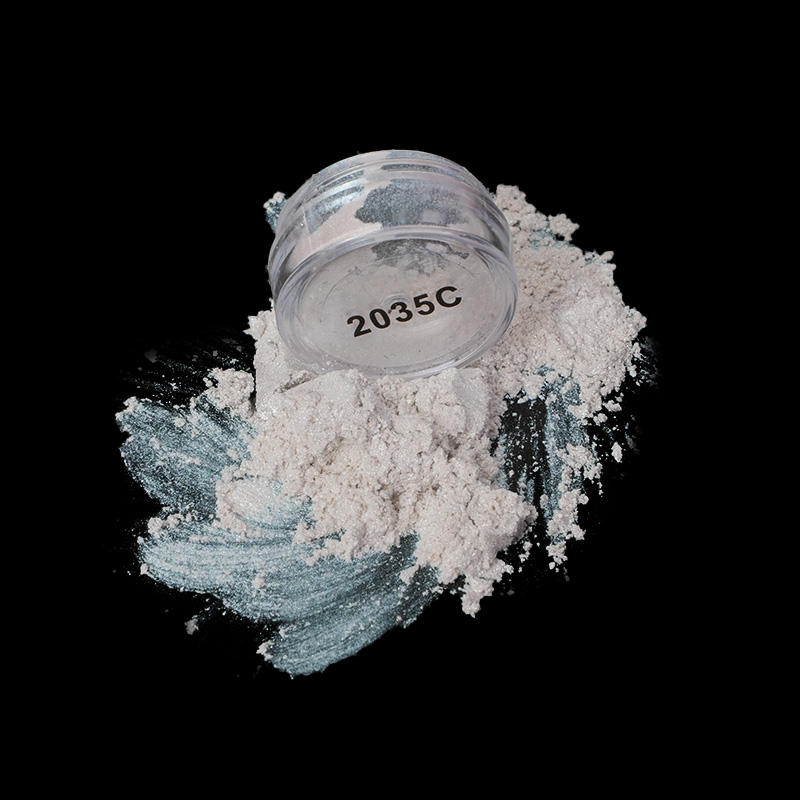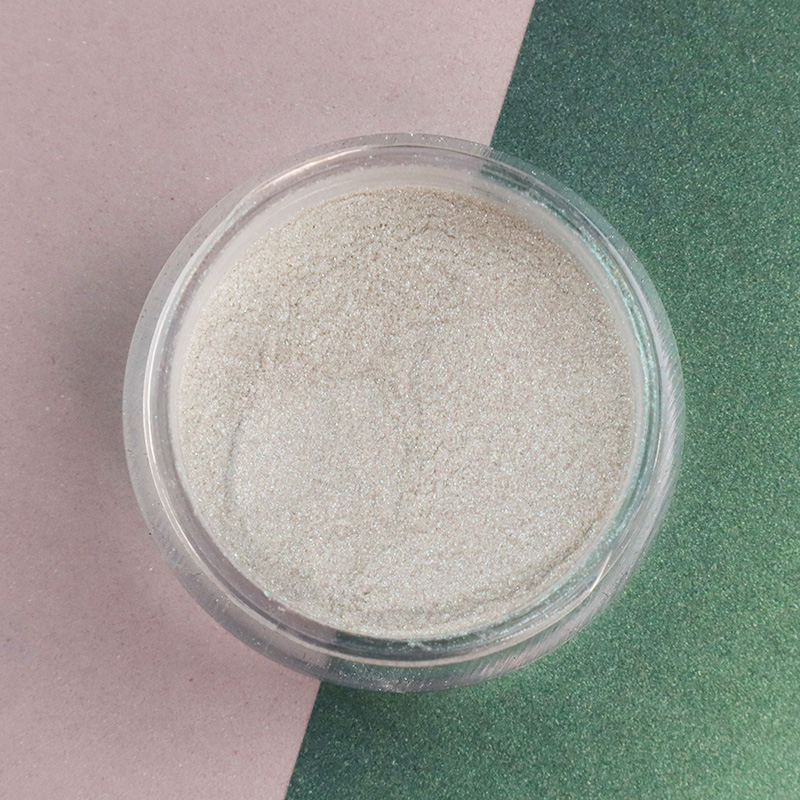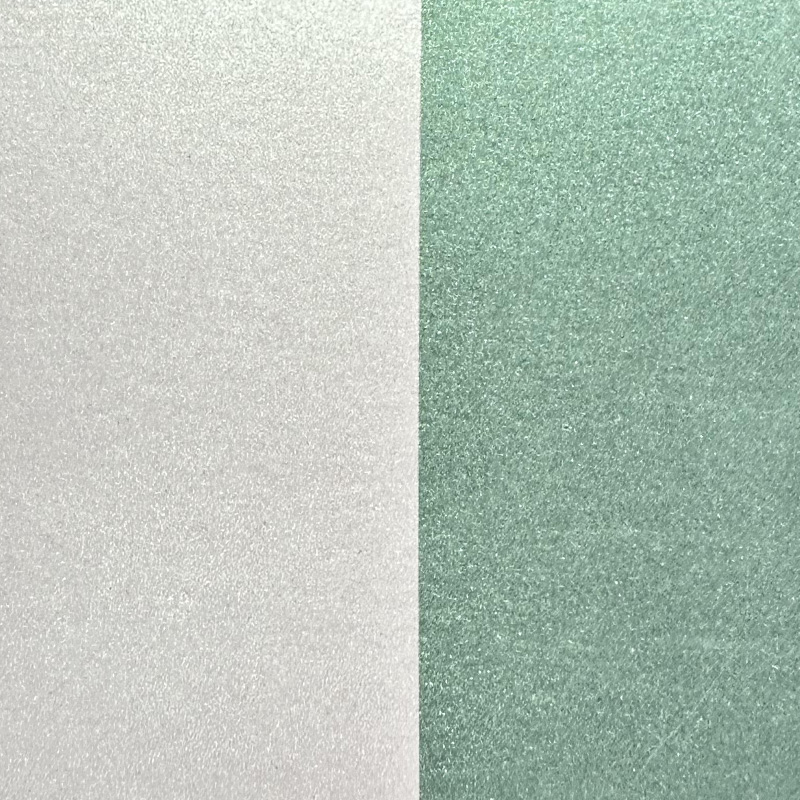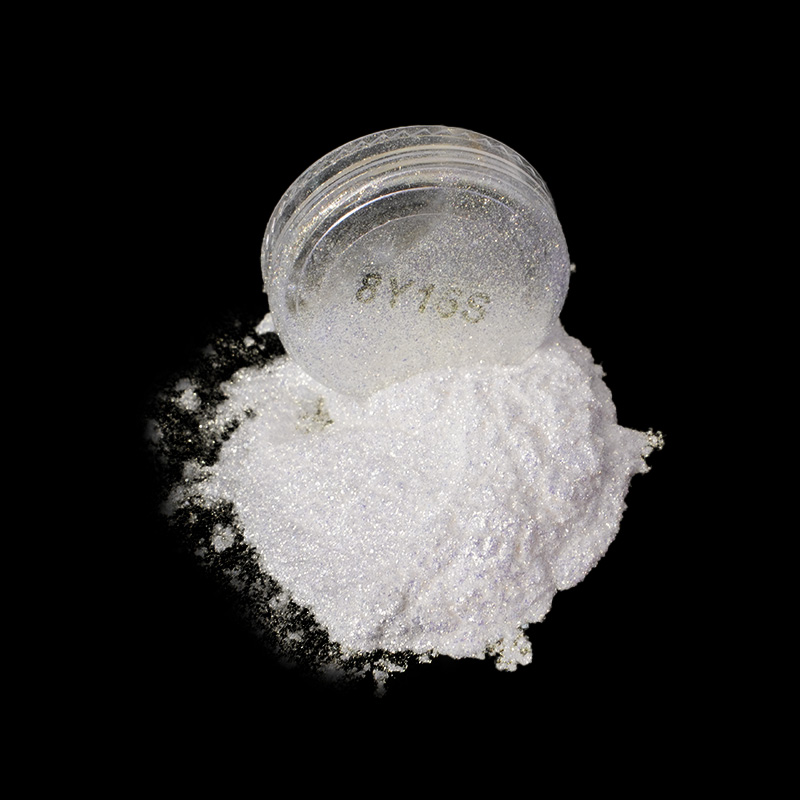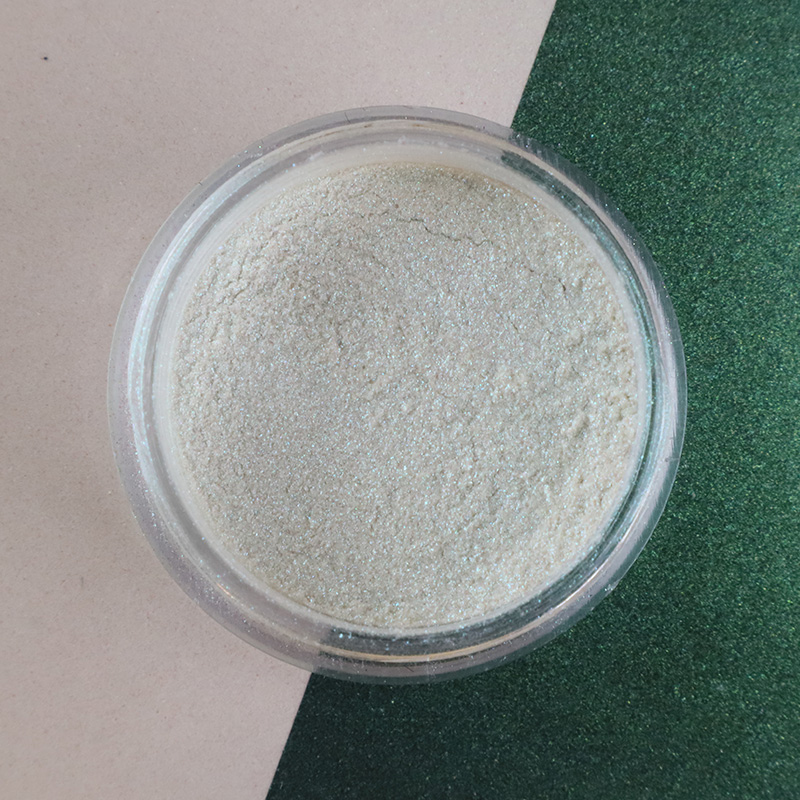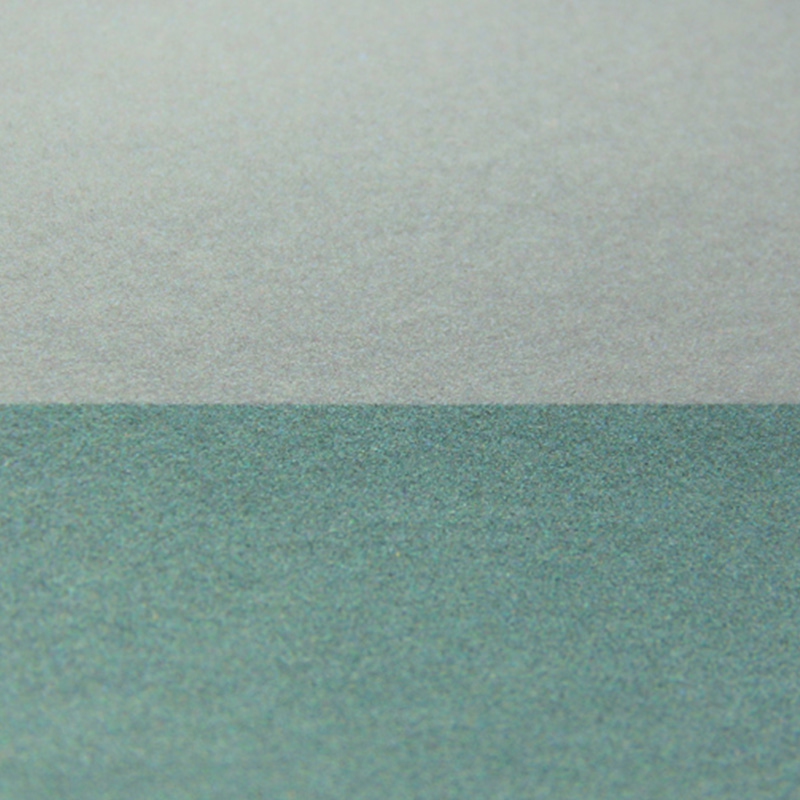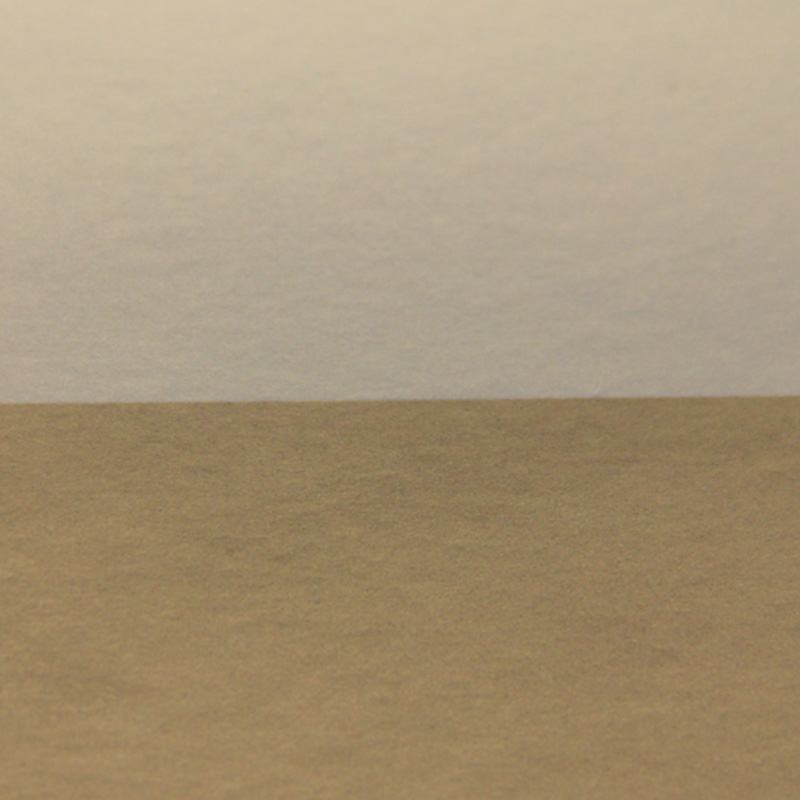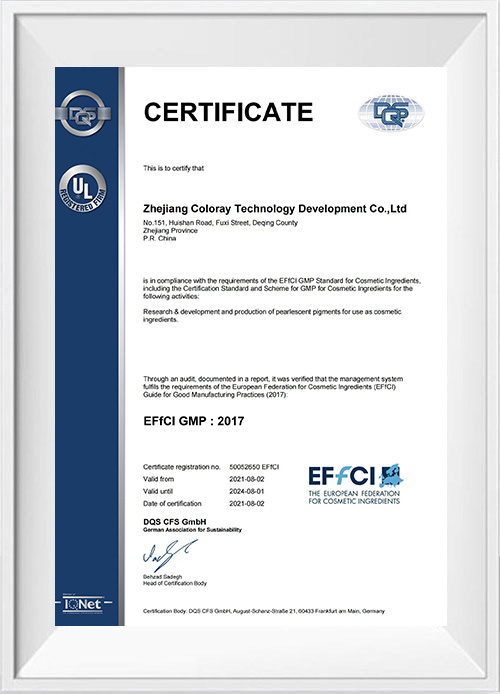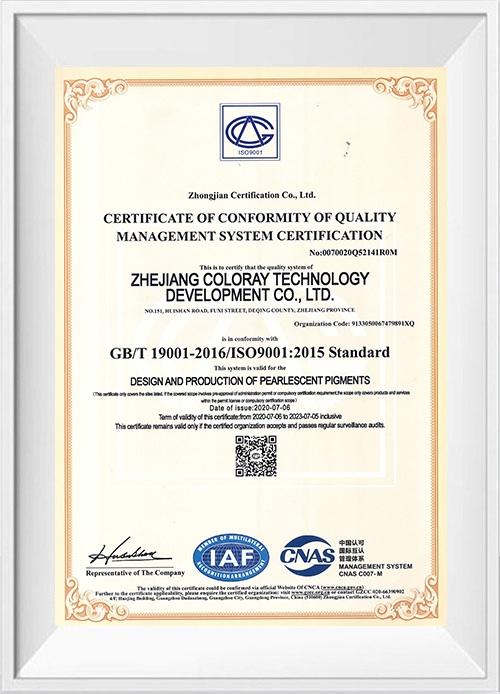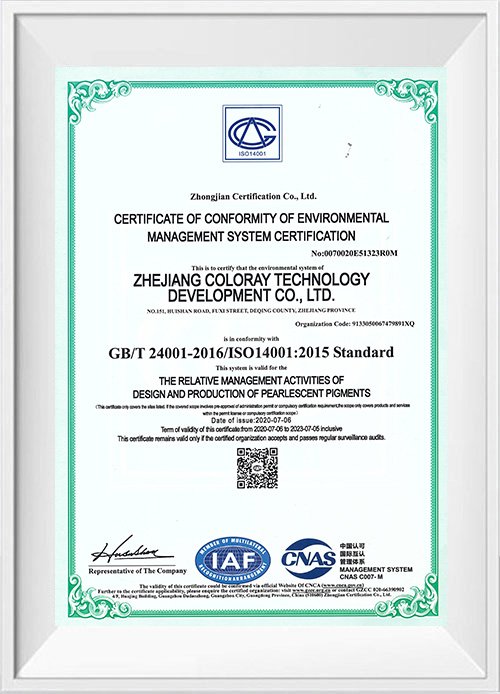How do natural interference pearlescent pigments produce unique gloss effects through the principle of interference?
The unique gloss effect of natural interference pearlescent pigments is produced through the principle of interference of light. Interference is a physical phenomenon that when two or more coherent light waves meet, their amplitudes are added to form a strengthened or weakened light wave. In pearlescent pigments, this interference phenomenon is achieved by precisely controlling the microstructure of the material.
Light is an electromagnetic wave with properties such as wavelength, frequency and amplitude. When light waves pass through or reflect at the interface of different media, phenomena such as reflection, refraction and interference occur. The interference phenomenon is particularly applicable to coherent light sources, that is, the light waves emitted by the light source have the same frequency and phase.
Natural interference pearlescent pigments are usually composed of multi-layer film structures, which can be materials such as metal oxides, mica, mother of pearl, etc. The layered structure of these materials has specific reflection and refraction properties for light waves.
Mica is a silicate mineral with a layered structure, and different metal ions such as titanium and iron can be inserted between its layers to form mica sheets with specific colors. When light waves are incident on mica sheets, reflection and refraction occur between different layers, resulting in interference.
Metal oxides such as iron oxide and chromium oxide can be made into thin films through specific processes. These films have different refractive indices and can reflect and refract light waves to produce interference effects.
Mother of pearl is formed by alternating layers of calcium carbonate and organic substances. This structure can reflect and refract light waves and produce pearl luster.
When light waves are incident on the layered structure of pearlescent pigments, reflection and refraction occur at each layer interface. Due to the different thicknesses and refractive indices of different layers, there will be a phase difference between the reflected light waves. When these light waves are superimposed on each other, interference occurs.
When the phase difference of the reflected light waves is an integer multiple of the wavelength, the amplitudes of the light waves are added to produce brighter light, which is constructive interference.
In which fields are natural interference pearlescent pigments widely used due to their unique gloss effect?
Natural interference pearlescent pigments are widely used in many fields due to their unique gloss effect. These pigments produce unique gloss and color effects through the principle of light interference, making them popular in many fields such as cosmetics, coatings, inks, plastics, textiles, automotive paints, and artistic creations.
In the cosmetics industry, natural interference pearlescent pigments are used to make products such as eye shadows, lipsticks, and nail polishes. They can provide shiny luster and attractive color changes, enhancing the visual effects and attractiveness of products. Since these pigments are usually made of natural or environmentally friendly materials, they also meet consumers' demand for safe and environmentally friendly products.
In the coatings industry, pearlescent pigments are used in products such as automotive paints, architectural coatings, and furniture paints. They can provide unique gloss effects and color changes, making coating products more beautiful and personalized. The weather resistance and chemical resistance of pearlescent pigments also make them suitable for outdoor and industrial environments.
Pearlescent pigments are also widely used in the ink industry, especially in packaging printing and commercial printing. They can provide unique visual effects for printed products and enhance the market competitiveness of products. Pearlescent inks are also commonly used in anti-counterfeiting printing because their color and gloss effects are difficult to replicate.
In the plastics industry, pearlescent pigments are used to make a variety of plastic products, such as toys, decorations, and automotive interiors. They can provide plastic products with a unique look and feel, increasing the added value of the product.
Pearlescent pigments are used in dyeing and printing processes in the textile industry to provide textiles with a unique gloss and color effect. These pigments can make textiles look more upscale and fashionable, while also providing certain protection, such as UV protection.
In the automotive industry, pearlescent pigments are used in the manufacture of automotive paints to provide cars with a unique gloss and color effect. These pigments not only enhance the appearance of the car, but also provide certain protection, such as anti-scratch and corrosion resistance.
In the field of artistic creation, pearlescent pigments are used by artists in the creation of paintings, sculptures, and other works of art because of their unique gloss and color effects. They can add unique visual effects and expressiveness to works of art.
